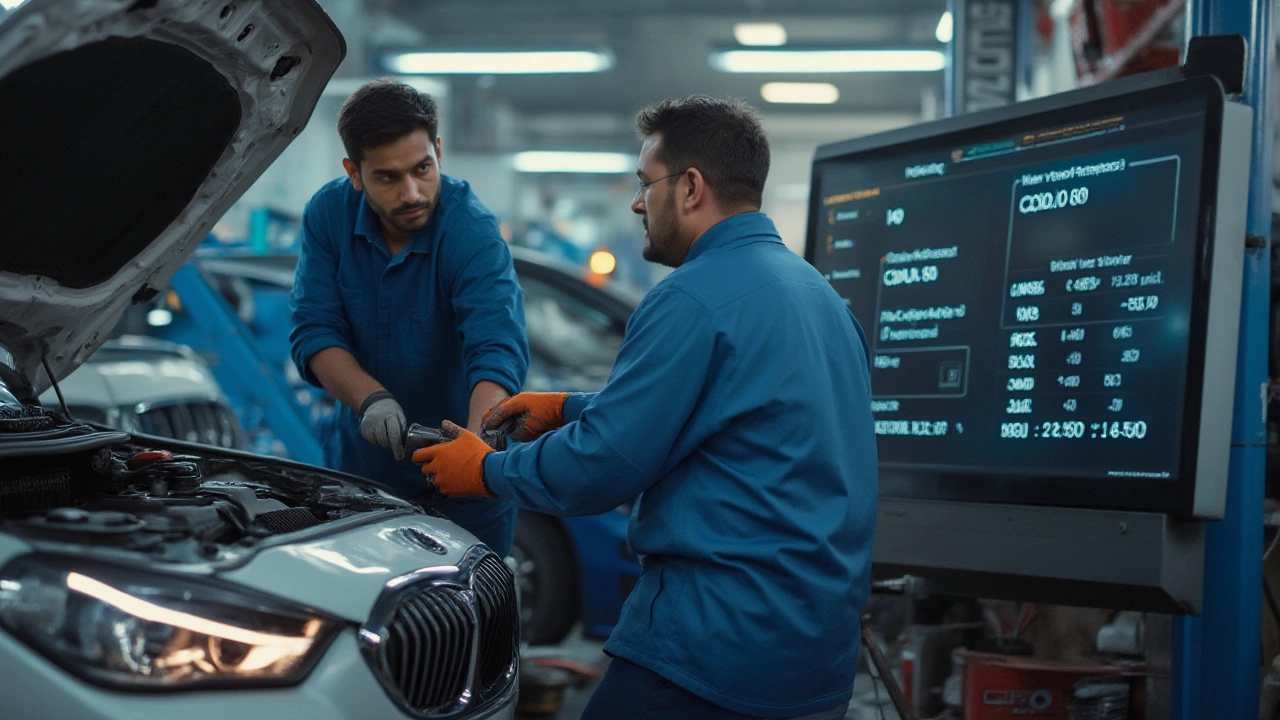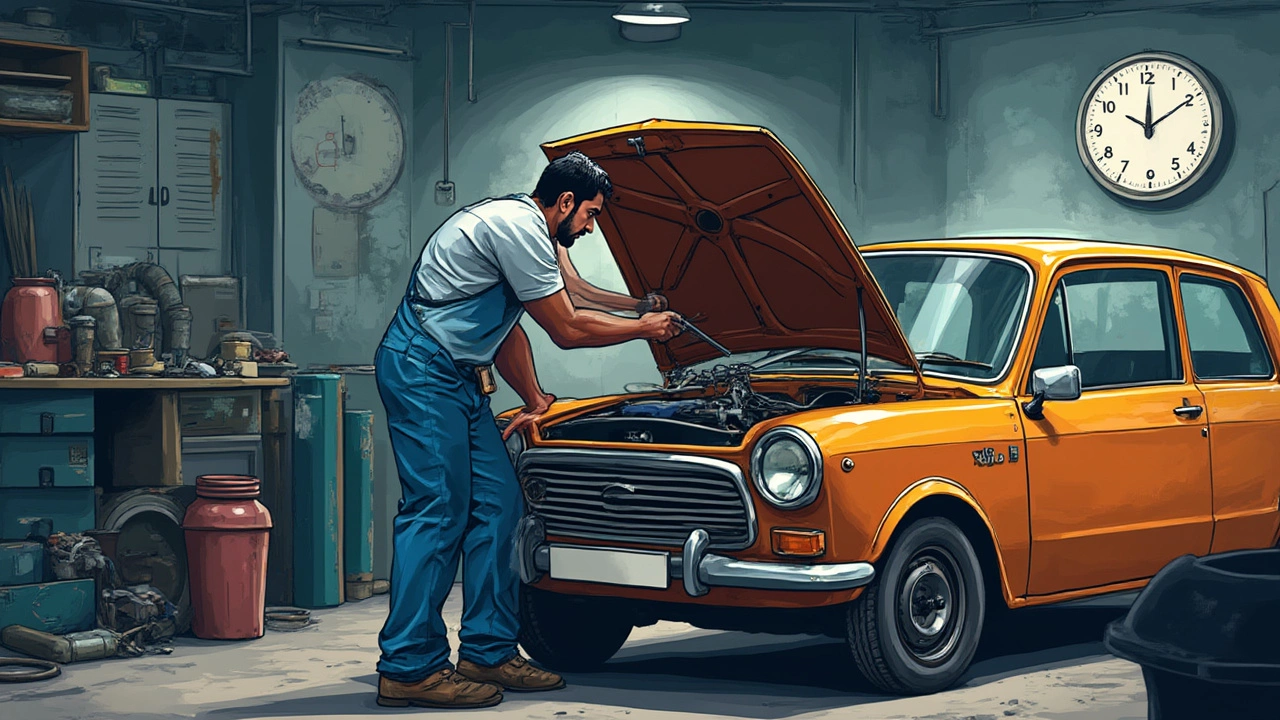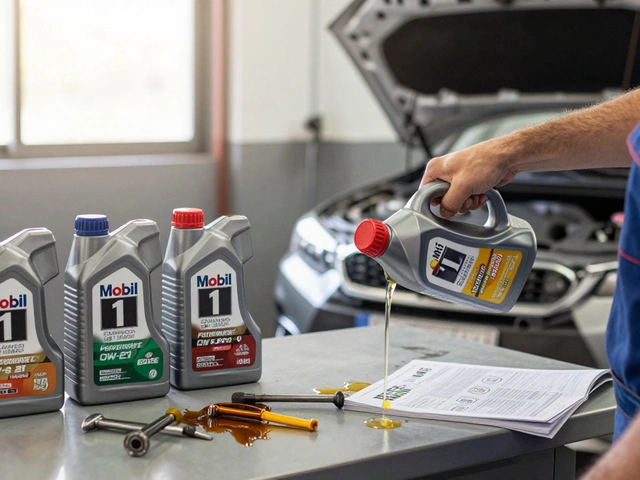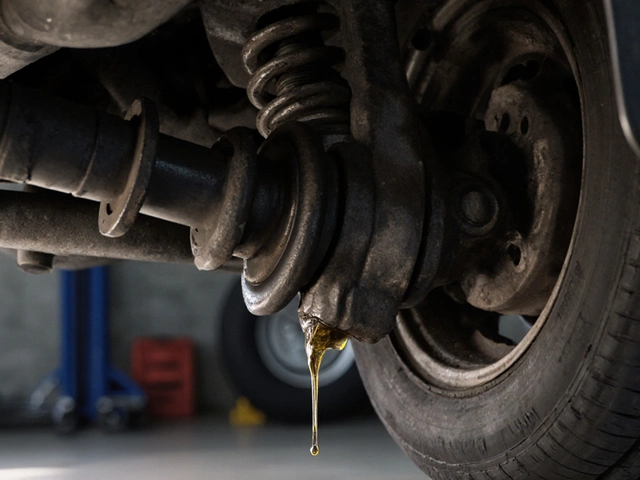Car Maintenance: Essential Tips to Keep Your Vehicle Running Smoothly
Got a car you rely on every day? Skipping basic upkeep can turn a cheap fix into a pricey nightmare. The good news? Most maintenance tasks are simple, cheap, and only take a few minutes. Below you’ll find the core actions you can do yourself and the signals that it’s time to bring in a professional.
Everyday Checks Anyone Can Do
Oil level. Pull the dipstick, wipe it clean, reinsert, then pull again. The oil should sit between the low and high marks. If it’s low, top it off with the right type (check your owner’s manual). Doing this once a month catches leaks before they drain the engine.
Tire pressure. A quick gauge check once a week keeps fuel economy up and tires lasting longer. The recommended PSI is on the driver’s door jamb. Inflate to that number, not the max on the sidewall.
Lights. Flip the headlight, brake, and turn‑signal switches and walk around the car. A dim headlamp or a burnt‑out brake light is a safety risk and may cause a ticket.
Windshield wipers. Scrape a bit of rubber off the blade and swipe it across the glass. If you see streaks or hear squeaking, replace the wiper set. It’s a cheap fix that prevents dangerous visibility loss in rain.
Air filter. Open the engine bay, locate the rectangular box, and pull out the filter. If it looks dark and clogged, swap it for a new one. A clean filter improves airflow, which can boost fuel efficiency by a few percent.
When to Call a Pro
Brake noises. If you hear squealing, grinding, or feel a spongy pedal, it’s time to have the pads and rotors inspected. Ignoring brake wear can lead to costly rotor damage.
Engine warnings. A check‑engine light that stays on after a quick reset indicates a deeper issue. Use a code reader or let a shop diagnose the trouble code before it turns into major engine work.
Coolant loss. Keep an eye on the coolant reservoir. A gradual drop signals a leak, which can cause overheating and severe engine damage if left unchecked.
Vibration at high speeds. A wobble often points to unbalanced or worn tires, or a bent suspension component. Have a technician balance the wheels and inspect the suspension geometry.
Transmission slipping. If the car hesitates during acceleration or the gear shifts feel harsh, the clutch (manual) or the torque converter (auto) may need attention. Early diagnosis saves you from a total rebuild.
Combining these quick DIY checks with timely professional service gives you the best bang for your buck. You’ll avoid surprise breakdowns, keep resale value higher, and enjoy a smoother ride every day. Grab a notebook, jot down mileage when you perform each task, and watch your car stay happy without breaking the bank.

What Causes Suspension Failures? Signs, Reasons, and Real-World Tips
Explore the real reasons behind car suspension failures, how to spot problems early, and practical tips to keep your ride smooth and safe.
CONTINUE READING
17 Inch vs 16 Inch Wiper Blade: Can You Swap Sizes on Your Car?
Thinking about using a 17 inch wiper blade instead of a 16? Find out if it's smart, what might happen, and the best tips for picking the right size.
CONTINUE READING
Can You Drive with a Bad Radiator? Risks, Effects, and What to Do
Wondering if your car can run with a bad radiator? Learn how radiator failure really affects your engine, the true risks you face, and what you should do if your cooling system is in trouble.
CONTINUE READING
Windshield Wipers Price Comparison: AutoZone vs Walmart (2025 Guide)
Wiper blades seem cheap, until you actually need them. Find out where to score better deals—AutoZone or Walmart—and get savvy with your next windshield wipers purchase.
CONTINUE READING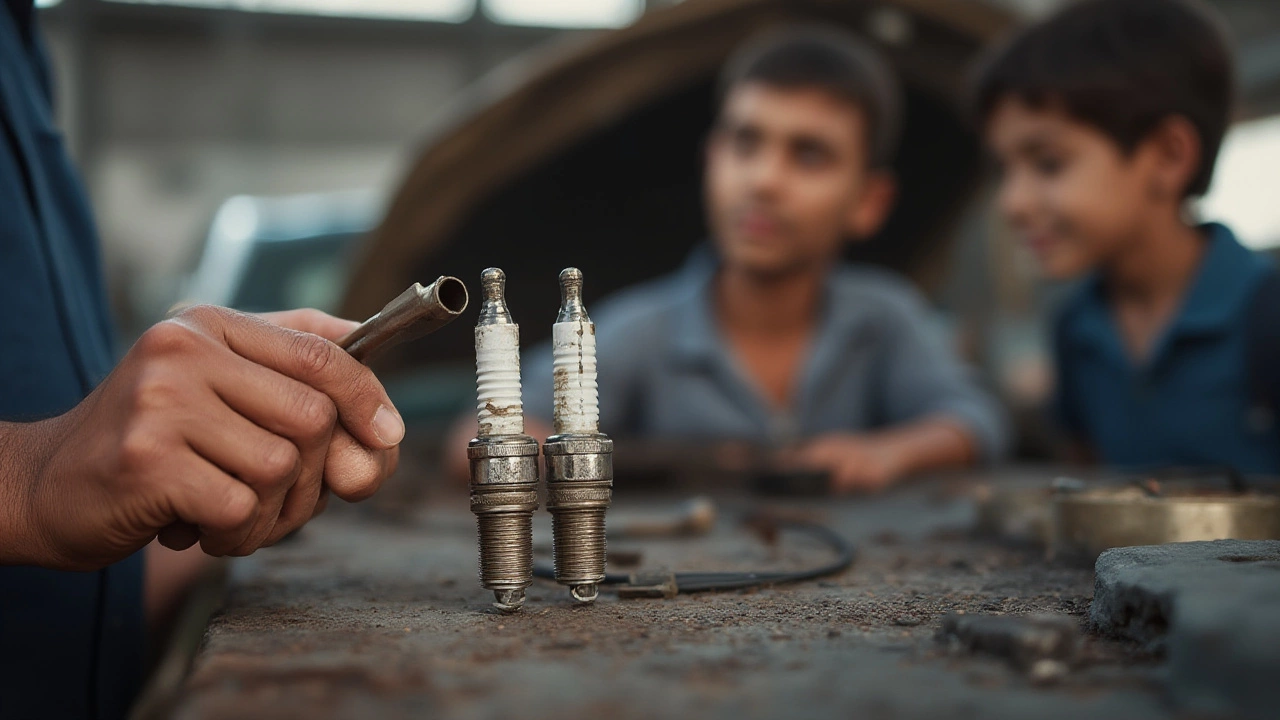
Common Reasons Why Spark Plugs Fail in Modern Engines
Discover why spark plugs fail and how it affects your engine. Learn about symptoms, causes, and practical tips to keep your engine running smoothly.
CONTINUE READING
Brake Rotors vs Pads: Signs You Need New Ones and How to Tell
Brakes making noise? Wonder if it’s just the pads or something bigger like the rotors? Learn the real signs, tips from mechanics, and how to save money on car brake repairs.
CONTINUE READING
